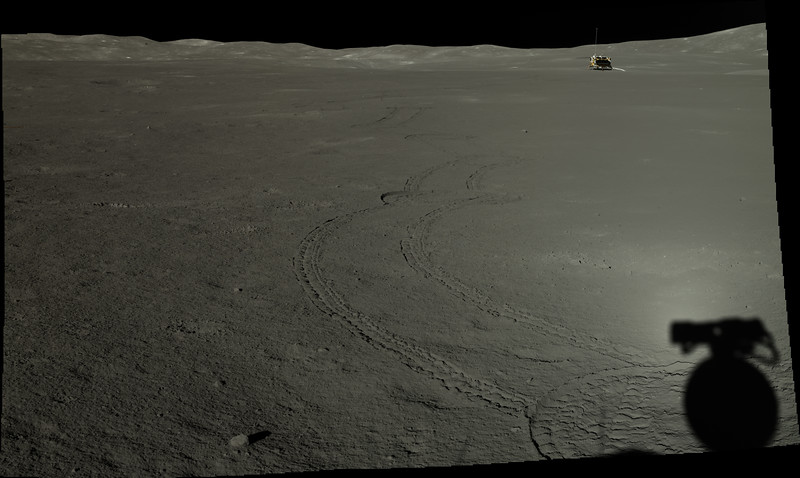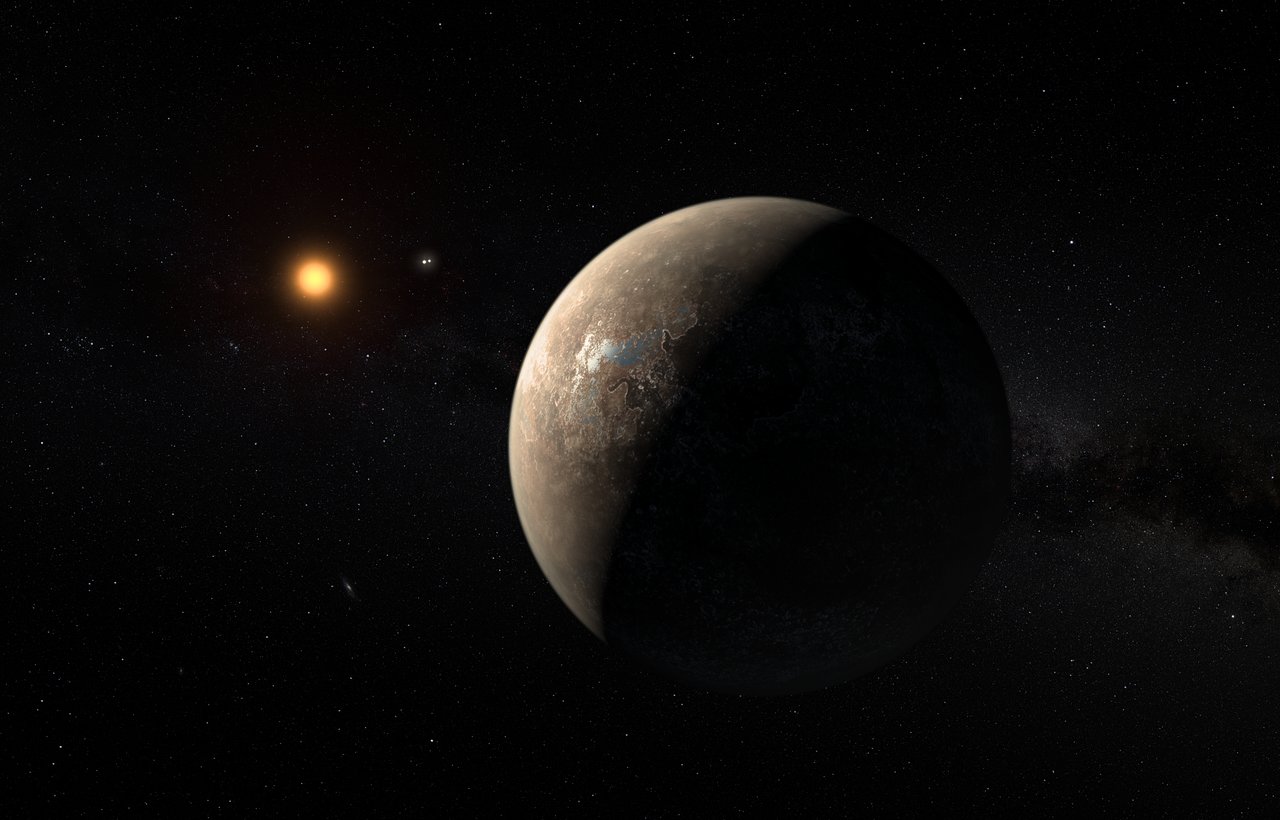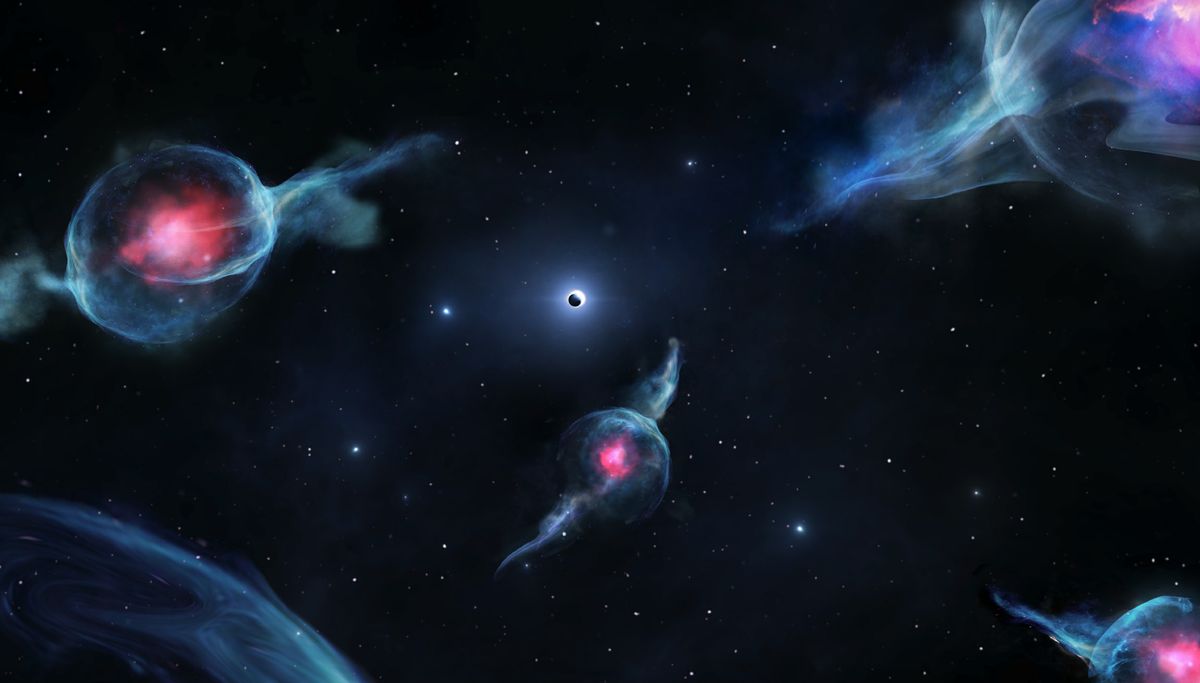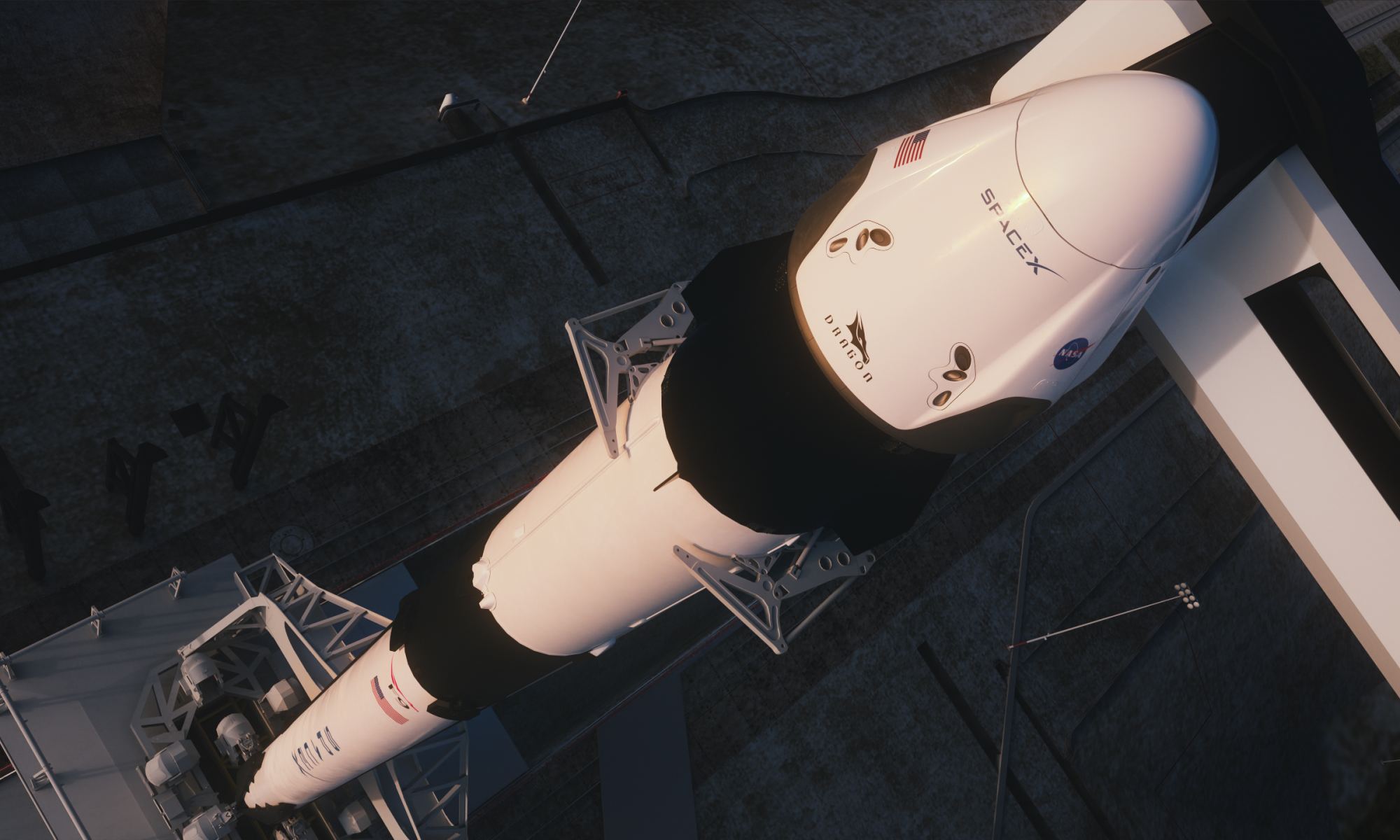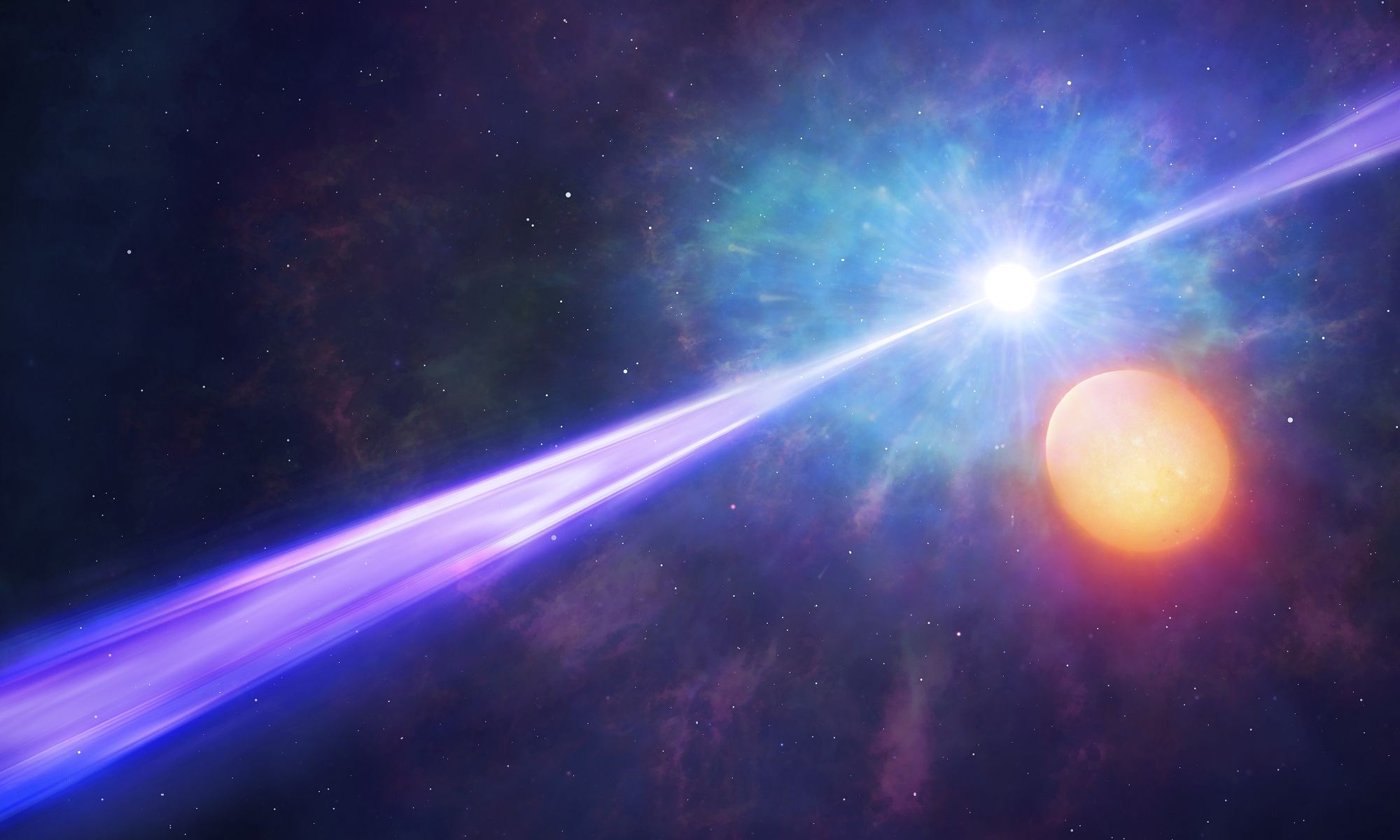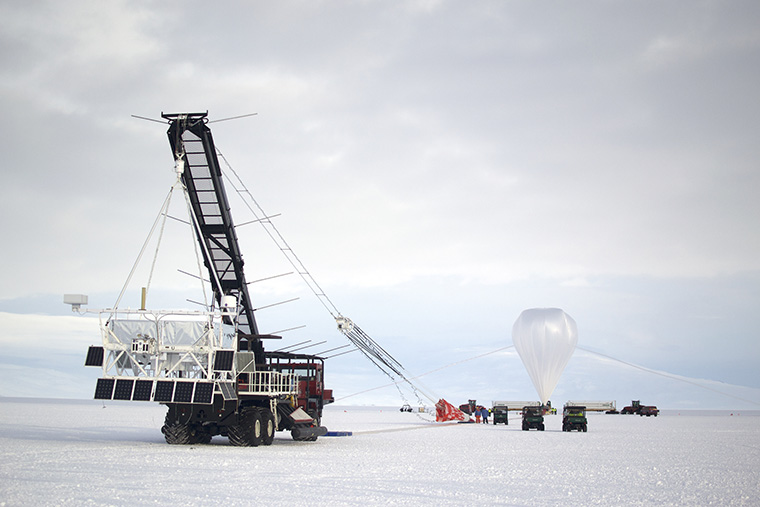Ever since it made its historic landing on Jan. 3rd, 2019, the Chang’e-4 mission and its Yutu 2 rover have been busy exploring the lunar surface. Just recently, the mission passed its first year of operations and earned the distinction of being the first rover to travel a record 357.695 meters (1,173.5 ft) on the far side of the Moon. And in between all that, the mission has also provided some truly fascinating images of the lunar surface.
Thanks to a data release issued on Monday (Jan. 20th), the public can now peruse through all of the high-resolution images taken by the Chang’e-4 mission. The data, which was released by the Ground Research and Application System (GRAS) of the Chinese Lunar Exploration Project, includes images of the far side of the Moon that were taken with the lander’s terrain camera and the panoramic camera on the Yutu-2 rover.
Continue reading “China Releases New Pictures From the Surface of the Moon”
